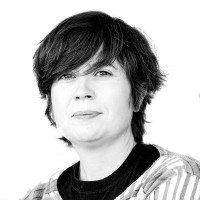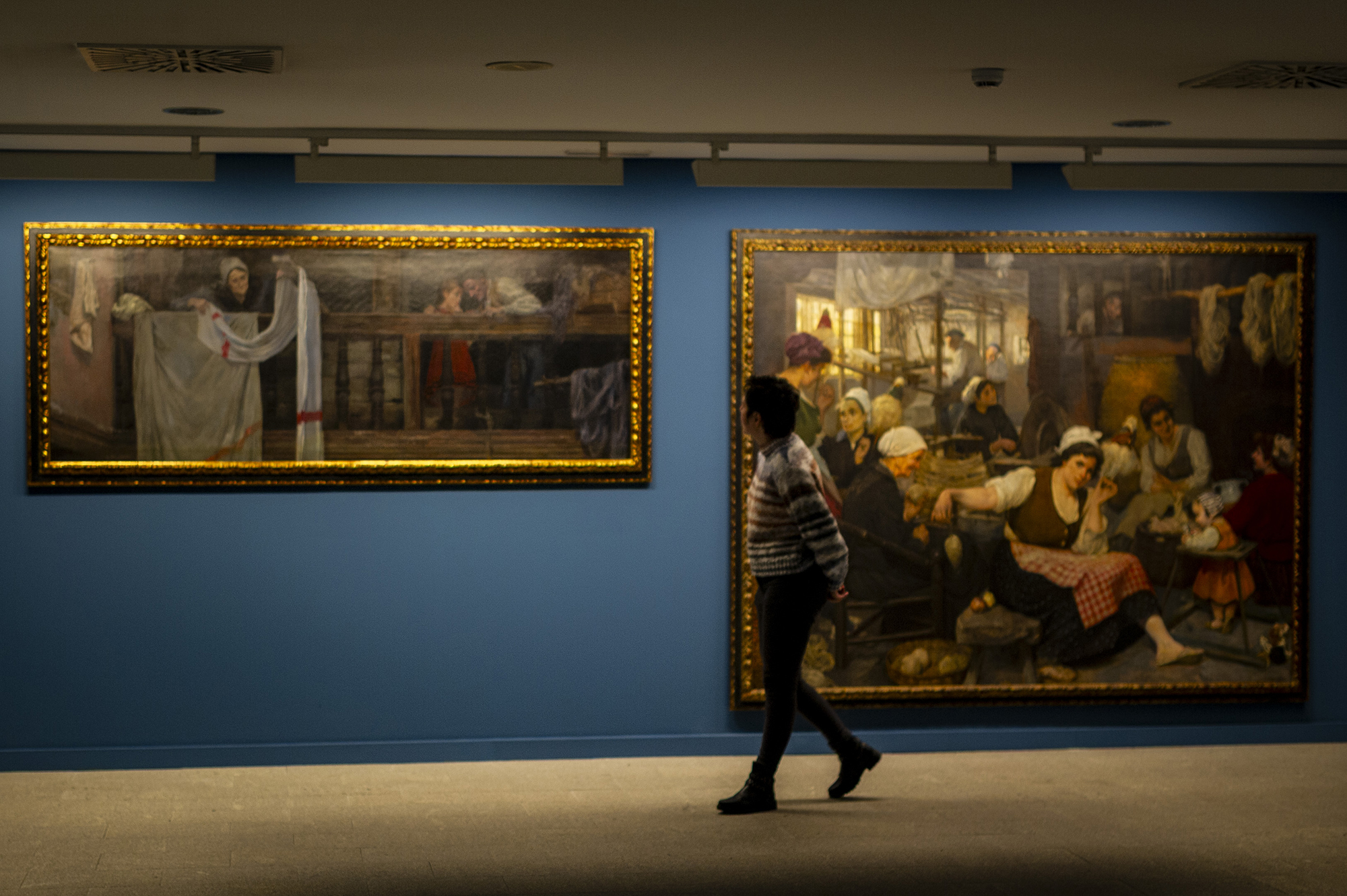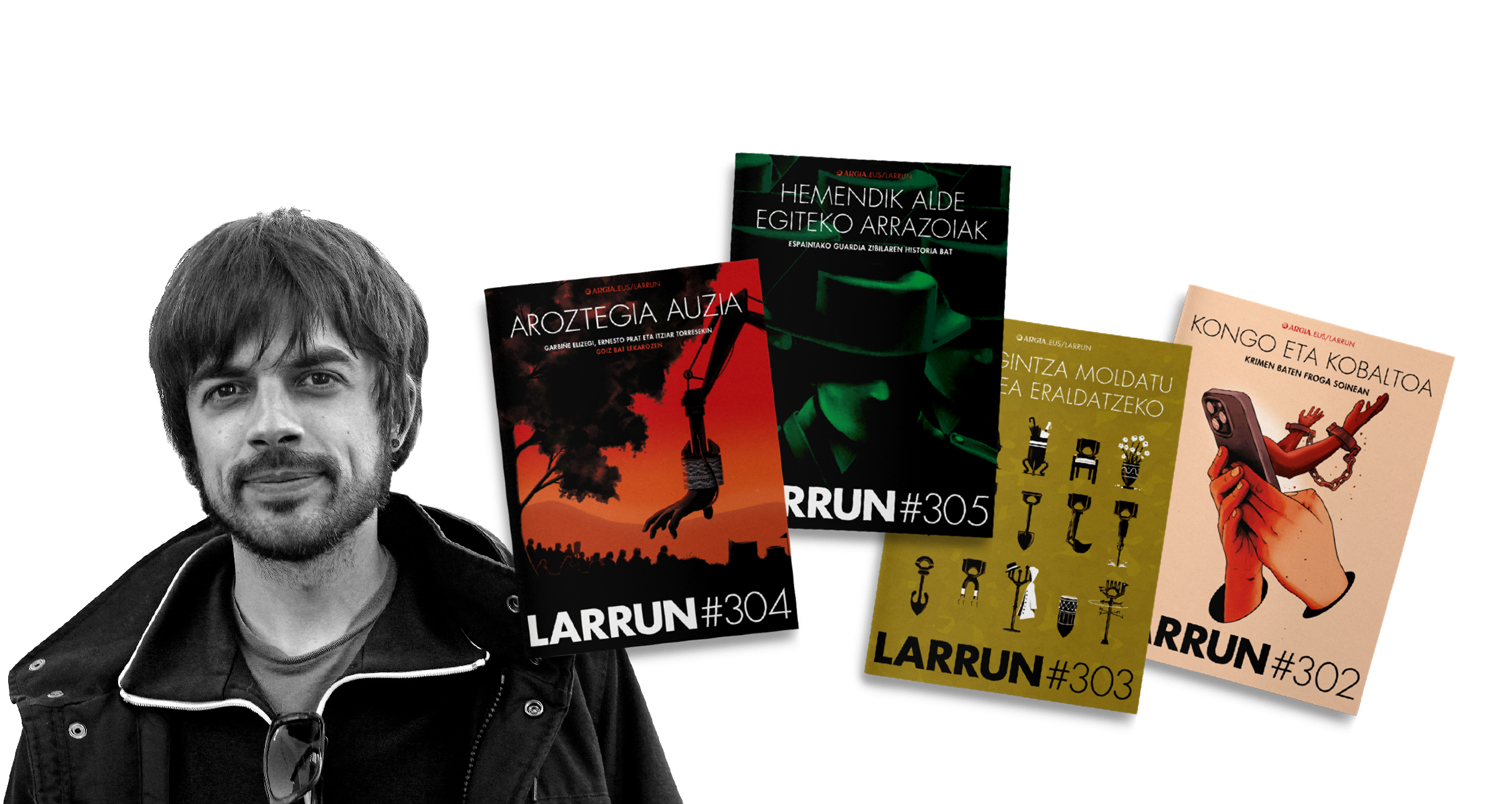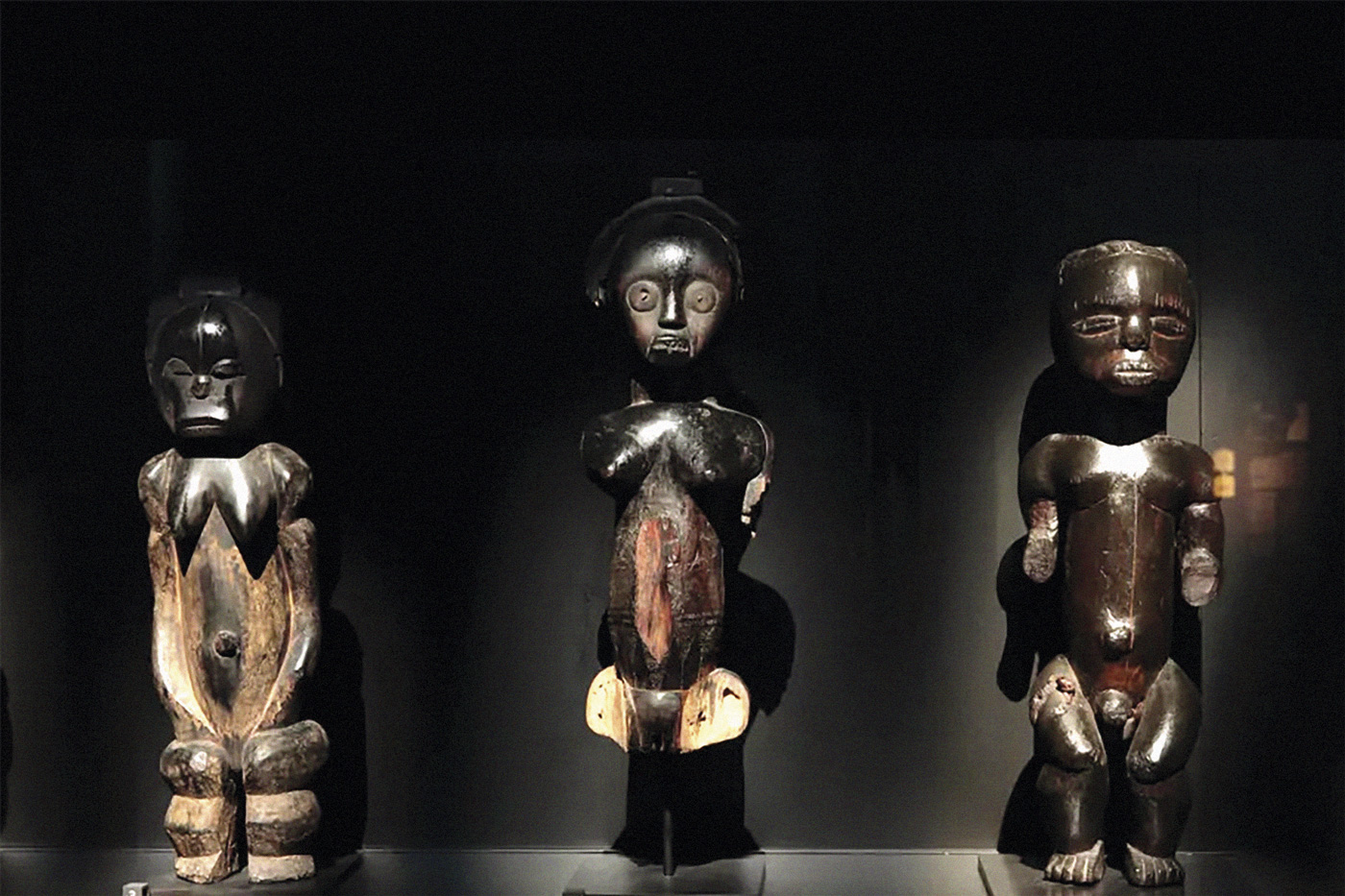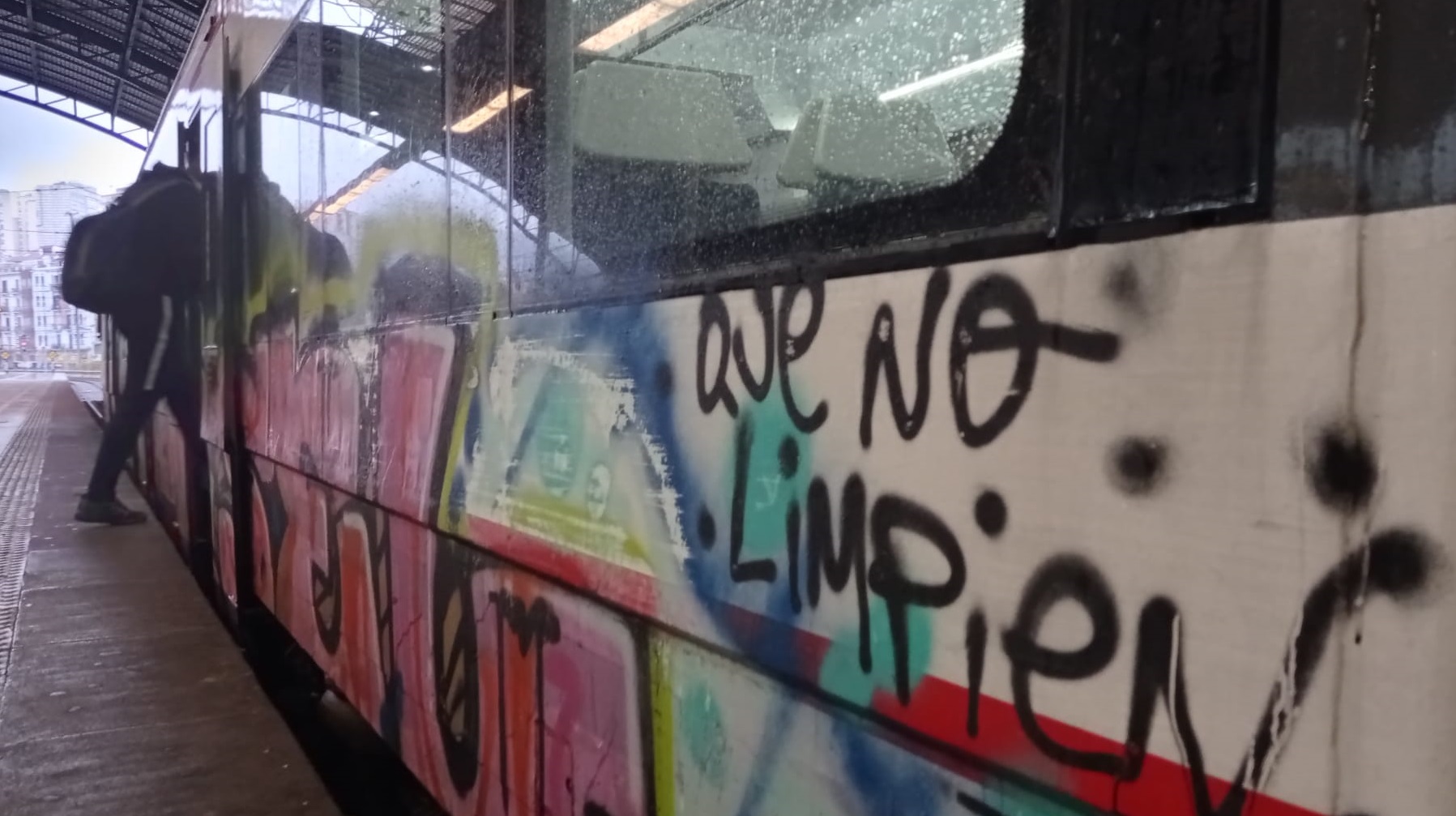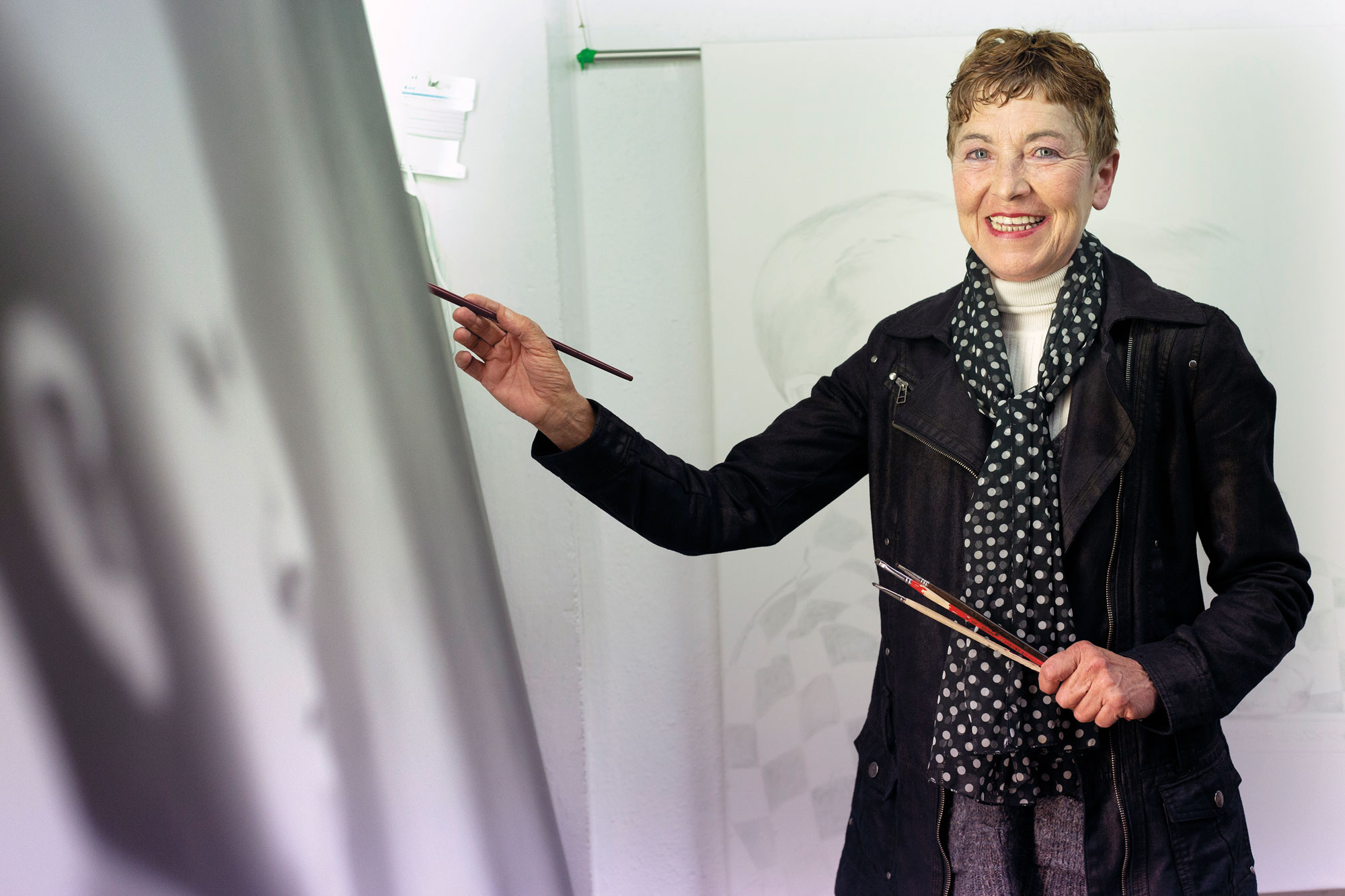The border as the natural setting of culture
- This summer, as has been common since 2016, the Azken Muga Arts and Culture Festival has been organized in the Collado de Zarate, a site where Gipuzkoan and Navarre lands converge. It is a multidisciplinary festival that brings together nature and art, for a month and a half, with a varied programming and collective and participatory action that aims to value the customs of yesteryear and bring the two transborder peoples closer together. Located in the heart of the Aralar Natural Park, the festival has brought together many artists, artistic and public manifestations in the forest of the Balerdi summit.
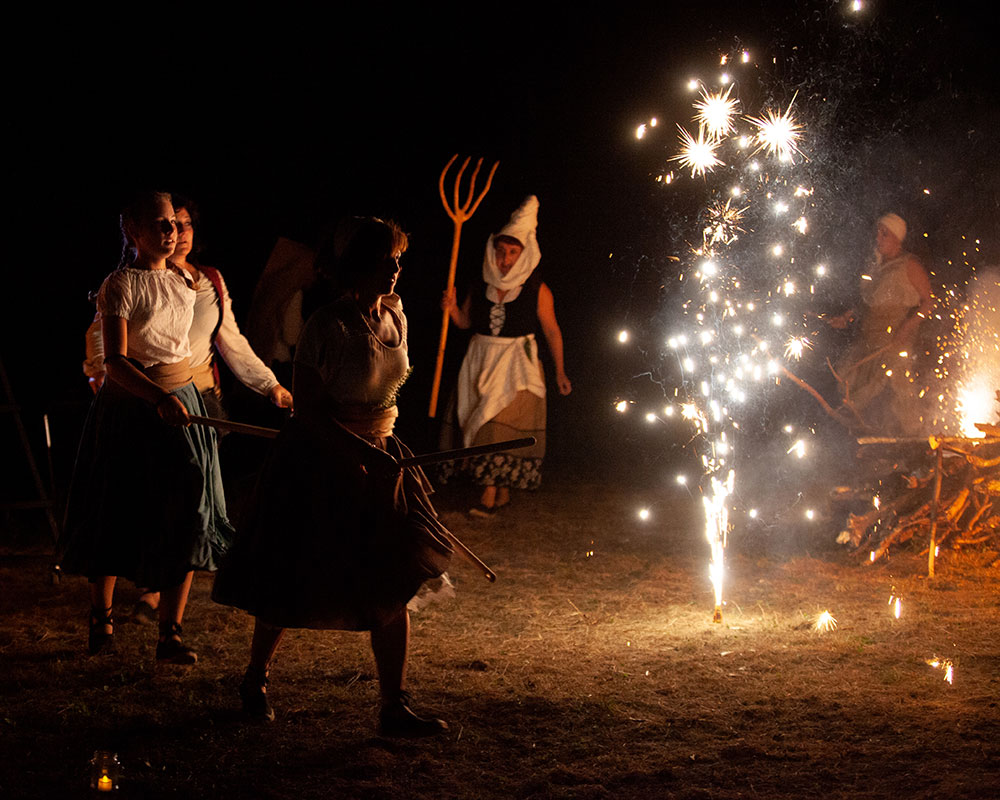
Borders have always been somewhat arbitrary, fictitious, but involve decisive implications and consequences. Some of the reflections behind the creation of the Azken Muga festival are who sets them, because they are drawn and, ultimately, the consequences that this land division entails a posteriori. At the same time, the border can be a step, a means of communication and a cultural bridge, so it was decided that the festival of culture and nature would be held at the Collado de Zarate, in an area of just three kilometres separating Bedaio (Tolosa, Gipuzkoa) from Azkarate (Navarra). Taking this limitation as a location and as a conceptual starting point, each year they invite artists from one side and the other to make artistic interventions in nature and to propose reflections on this border that separates the two peoples. So, year after year, concerts, exhibitions, conferences, etc. have been organized. in that natural place. If, in their day, vegetables and cattle were coming down in exchange for Zarate, today it is cultural and artistic expressions that want to be shared with the inhabitants of these peoples.
“You can park under Intxaurrondo,” says the lady of a hamlet in the Bedaio neighborhood. The windows of the farmhouse are covered with red geranium and in the block and cowboy next to the farmhouse there is an intense movement, even if it is Saturday. We turn around and take the umbrella and head towards the hill of Zarate, leaving behind the grounds of Gipuzkoa and, little by little, approaching Navarre. After a couple of largueros and a little lost, the road becomes more evident and after about twenty minutes we have inspected Aundiya, a huge wooden chair, almost eight meters high and has already become the symbol of the festival. This is the work that the artist Guillermo Olmo did in 2016 and that is used to present the festival: in the months before the summer, the presentations that are made in the towns of Tolosaldea and Araitz take a giant chair as the emblem of the festival. During all these years, bertsolaris, musicians and dancers have acted in the seat of the giant chair.
.jpg)
In the Collado de Zarate there is a beautiful beech forest that forms two circles with each other and in this corner most of the activities are organized, in open sky, sheltered from the Sierra de Aralar. It still shows vestiges of artistic interventions carried out in previous weeks, all with natural materials. Inside the wall formed by clubs are the illustrations, as well as a wooden installation with branches dyed in vivid colors, as well as a sculpture or a mobile made with cork and suspended from a tree. In fact, all the works presented must be environmentally friendly, taking into account the material used, its natural degradation, site transitoriness, constructive ease and full integration into the natural environment. In Zaratetxea, in the small building next to the hayedo, there is an exhibition entitled Twenty, twenty, vingt: It contains small sculptures made in 20x20x20 cm format, with the participation of more than 40 artists. In addition, this edition will offer screenings of films, concerts, bertsos sessions, performances, conferences, theatres, serigraphy workshops or III. The Aralar Pasture Cheese Competition has been organized, to name but a few activities.

It seems that recently the festivals and cultural initiatives that are organized in the natural environment are growing, moving away from traditional circuits and centres. Although we are used to seeing most of the exhibitions, concerts and artistic performances in urban and urban areas, we are grateful for an increasingly diverse cultural offer outside of them. Urmuga, for example, brings music to the mountains of Euskal Herria on a journey of nineteen days, offering a new way to enjoy the culture and the mountain, creating and entangling peoples, social, cultural and political relations. This year several ports and cities in the Basque Country have been promoted, and in the massifs there has been an opportunity to see concerts by Olatz Salvador, Orfeón Donostiarra, Niko Etxart, Dupla, MIZE or Ekiza in the summer days of July. On the other hand, the Usopop festival, which is organized in Sara, also aims to be a sample of new music and makes Sara's environments a meeting point for local and local groups. This year, under the motto “We will be sewing hearts again”, three meetings have been organized and for the month of November the “Lost maps” initiative is being organized, a musical and artistic festival that will propose artistic encounters in Sara and its surroundings. As for artistic creation, and in the same vein, the Morrurbeltz project of Karrantza, which, like the profession of pastor, works creatively and in a committed manner to protect the endangered ovine species, should be highlighted. The aim of this initiative is to address this situation through agroecology, artistic practice and local knowledge. In this sense, they have in place a program of stays for artists: Art Rooms Ondo Bizi, expanding the space to reflect, debate and disseminate through art the situation of the sheep and pastoril world.
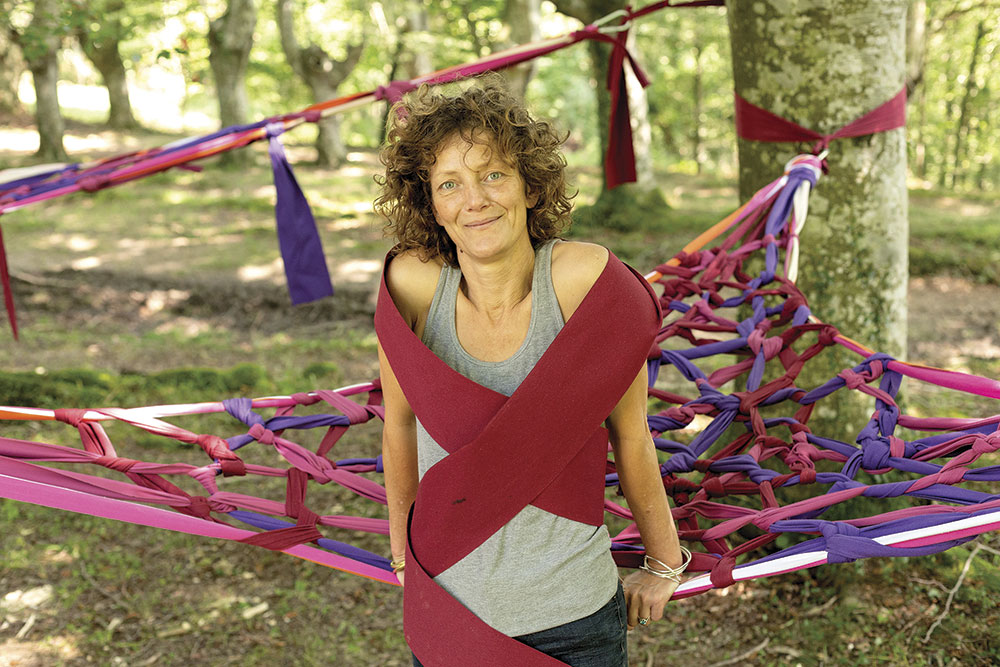
There are, therefore, cultural initiatives based on the desire to decentralize culture in our environment and that aim at nature, collectivity, participation and access to multiple audiences. The sixth edition of the Azken Muga festival ended on October 2, and another year a festival has brought together the inhabitants of both sides of the border, gathering music, art, bertsos and parties, towns that had once been separated by a border.
Last week, during the blackout, seeing ourselves vulnerable, we began to investigate many people in order to understand what happened: how does the infrastructure that transports electricity work? Why is it getting old? I am fascinated by the physical phenomenon of electricity... [+]
Eskultura grekoerromatarrek bere garaian zuten itxurak ez du zerikusirik gaurkoarekin. Erabilitako materiala ez zuten bistan uzten. Orain badakigu kolore biziz margotzen zituztela eta jantziak eta apaingarriak ere eransten zizkietela. Bada, Cecilie Brøns Harvard... [+]
Behin batean, gazterik, gidoi nagusia betetzea egokitu zitzaion. Elbira Zipitriaren ikasle izanak, ikastolen mugimendu berriarekin bat egin zuen. Irakasle izan zen artisau baino lehen. Gero, eskulturgile. Egun, musika jotzen du, bere gogoz eta bere buruarentzat. Eta beti, eta 35... [+]
This text comes two years later, but the calamities of drunks are like this. A surprising surprise happened in San Fermín Txikito: I met Maite Ciganda Azcarate, an art restorer and friend of a friend. That night he told me that he had been arranging two figures that could be... [+]
On Monday afternoon, I had already planned two documentaries carried out in the Basque Country. I am not particularly fond of documentaries, but Zinemaldia is often a good opportunity to set aside habits and traditions. I decided on the Pello Gutierrez Peñalba Replica a week... [+]












